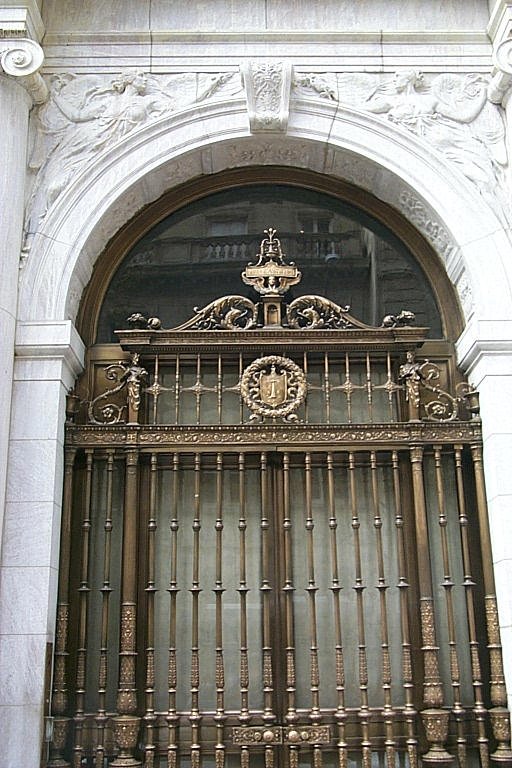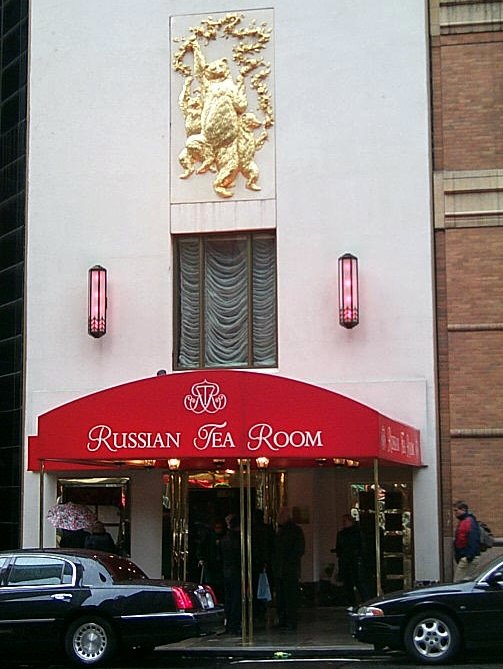



The N.Y.P.L. owns a repository of over sixty million items, including not only books, but scripts, music, pamphlets, menus, cigarette cards, and even (as Macy noted on Wednesday) hair. The approximately two hundred and fifty items on display is about “three one-millionths” of the library holdings,” said N.Y.P.L. president Paul LeClerc. “It’s a totally colossal mountain of material,” he said. To sift through and demonstrate such a collection, the library called upon Thomas Mellins, who had previously curated an exhibition on the history of Lincoln Center. As he dug through the “embarrassment of riches,” Mellins realized that an exhibit organized chronologically or by N.Y.P.L. special collection (such as the library for the Performing Arts or the Schomburg Center for Black Culture), would not suffice. Instead, the exhibit is organized by four themes: Observation, Contemplation, Creativity, and Society. Each is denoted by a glowing archway, but there are no barriers between them, suggesting the fluidity of the productive impulse.
Among the treasures (and horrors) on display are Mesopotamian cuneiforms dating to the third millennium B.C.E., an anti-Semitic children’s book from 1936 Germany, a Gutenberg bible, a Ku Klux Klan robe and hood, “Cosmic Mystery” by Johannes Kepler, a manuscript of T.S. Eliot’s “The Waste Land” emended by Ezra Pound, and journals and diaries from Malcolm X, Vladimir Nijinsky, Annie Proulx, Virginia Woolf, and others. Woolf’s famous walking stick is also in the collection, as well as Charlotte Brontë’s writing desk, and Jack Kerouac’s Valium and harmonica. In the art section, there are art books, collections of Matisse, Miró, and Giacometti, and books that are art that “push the limits of what we imagine a book to be,” Mellins said of “A Guide to Higher Learning,” a board game-like book by Julie Chen, and “Bernoulli’s Equation for Unsteady Potential Flow,” a lyrical piece resembling a wave by Amandine Nabarra-Piomelli.
While these items are fascinating on their own, it is Mellins’s interest in finding meaning through juxtaposition that is so thought-provoking. There are Beatles trading cards contrasted with a handwritten Beethoven score from 1811, an original quarto of “King Lear” juxtaposed with a dime novel from the eighteen-seventies, and a letter from Christopher Columbus to the chancellor of Aragon against photos from the Apollo 12 mission. Other “created pairs” dot the hall, creating dialogue across time and space. But to share them all here would ruin the goal of the exhibit: to explore and discover the value of our preserved knowledge.
Credits: Forbes.com, the New York Public Library



New York Public Library - Wikipedia, the free encyclopedia

No comments:
Post a Comment